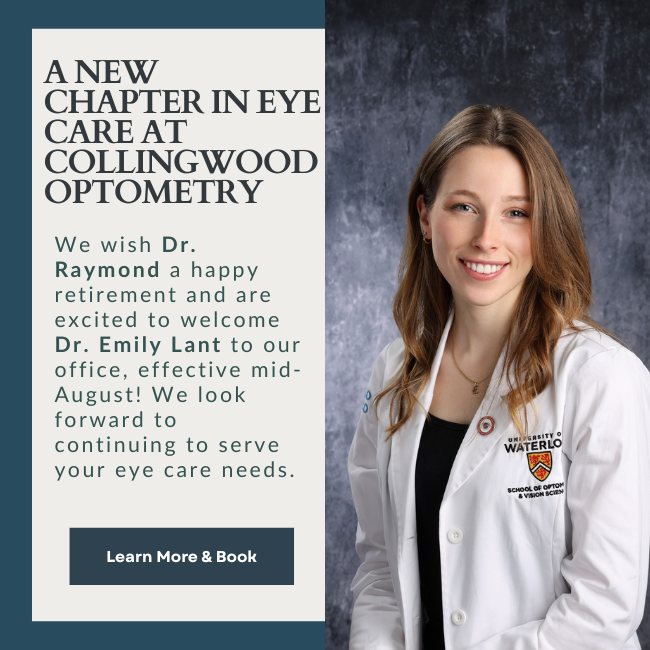Early Detection Is Key to Protection
Age-related macular degeneration (AMD) is the most common cause of severe loss of eyesight among people ages 50 and up. It directly impacts central vision and while total blindness is rare, it can happen.
AMD can begin developing in your mid-40s, but may not show any symptoms until your 60s. This is why it’s crucial to schedule and attend regular eye exams.
A comprehensive eye exam is the only way to detect AMD early and start treatment to slow its progression.


Understanding AMD
AMD damages a part of the retina called the macula. This affects central vision and, with it, the ability to see fine details. The exact causes of AMD are still unknown, but it’s believed to be tied to genetic and environmental factors.
There are 2 types of AMD:
- Dry AMD: 80% of people with AMD have the dry form of the disease. It’s characterized by gradual vision loss, usually affecting one eye at a time. Dry AMD occurs when light-sensitive cells in the macula slowly break down.
- Wet AMD: Less common, but usually causes rapid vision loss. Wet AMD occurs when abnormal blood vessels grow & leak behind the retina. This creates a large blind spot that typically happens without warning.
In the advanced stages of AMD, people can lose their ability to drive, see faces, and read smaller print.
Can AMD be Prevented?
While there currently is no cure for age-related macular degeneration, you can practice healthy habits now to help prevent, or slow the progression, of the disease. Some ways you can preserve your vision include:
- Quit smoking
- Know your family history
- Eat a nutrient-rich diet
- Take vitamin supplements
- Wear sunglasses outside (with 100% UVA/UVB protection)
- Monitor & maintain healthy blood pressure
- Test your vision with an Amsler grid
The progression of wet AMD can be slowed with the use of anti-VEGF injections and photodynamic therapies with prompt treatment.
Practicing healthy habits is a great way to preserve your vision. It’s also important to understand the symptoms of AMD and risk factors associated with the disease so you can get an early diagnosis and treatment.
Symptoms
The most common symptoms of age-related macular degeneration include:
- Blurry or fuzzy vision
- Difficulty recognizing familiar faces
- Straight lines appearing wavy
- Dark, empty areas or blind spots in the centre of vision
The presence of drusen, which are yellow deposits in the retina, is one of the most common early signs of AMD. These can be visible to your doctor during an eye exam.
Risk Factors
There are several risk factors that can contribute to developing AMD, mainly:
- Aging
- Eating high saturated fats
- Smoking
- Hypertension
Being aware of any risk factors can help you gain control over your vision and ocular health before permanent damage occurs.
Book Your Next Eye Exam
If you fall under any of the aforementioned risk factors, or experience any symptoms related to AMD, contact us as soon as possible to schedule an eye exam.
We’re here to help protect your ocular health.

Our Locations
Collingwood Optometry
We’re located right off Hume Street across from Collingwood General and Marine Hospital. If you have any trouble finding us, please give us a call.
- 705-445-2970
- 705-445-4624
- 460 Hume St. Unit 1
- Collingwood, Ontario L9Y 1W6
Office Hours
- Monday: 8:45 AM – 5:00 PM
- Tuesday: 8:45 AM – 6:30 PM
- Wednesday: 8:45 AM – 5:00 PM
- Thursday: 8:45 AM – 6:30 PM
- Friday: 8:45 AM – 5:00 PM
- Saturday: Closed
- Sunday: Closed
CWood Eyecare
Find us off Hurontario Street, just down from Collingwood’s Town Hall. If you have any trouble finding us, please give us a call.
- 705-444-2552
- 705-410-4051
- 115 Hurontario St. Suite 203
- Collingwood, Ontario L9Y 2L9
Municipal parking available on Hurontario Street or Ste Marie Street
Office Hours
- Monday: 9:00 AM – 5:00 PM
- Tuesday: 9:00 AM – 5:00 PM
- Wednesday: 9:00 AM – 5:00 PM
- Thursday: 9:00 AM – 5:00 PM
- Friday: 9:00 AM – 5:00 PM
- Saturday: Closed
- Sunday: Closed

Our Brands




















